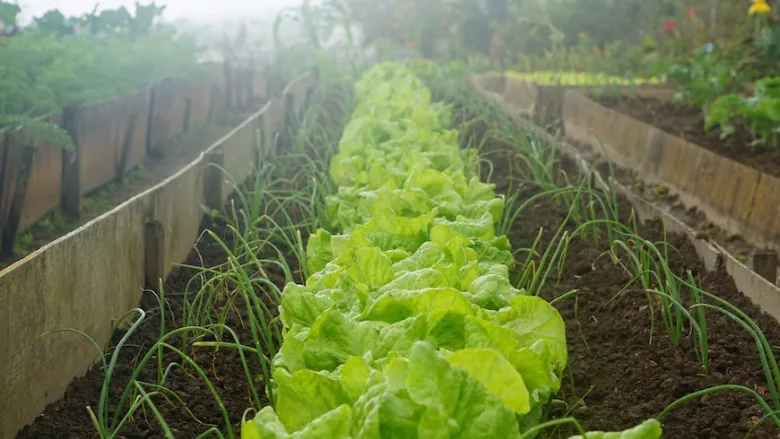CDC Identifies Significant REP Strain of E. coli Causing Outbreaks Linked to Leafy Greens

Image credit: Kenan Kitchen via Unsplash
Using whole genome sequencing (WGS), the U.S. Centers for Disease Control and Prevention (CDC) has identified a reoccurring, emerging, and persistent (REP) strain of Escherichia coli O157:H7 that was implicated in a significant foodborne illness outbreak linked to romaine lettuce in 2019. The strain, REPEXH02, is believed to have emerged in late 2015 and caused multiple outbreaks from 2016–2019.
In the article classifying REPEXH02 as a REP strain, CDC concluded that 58 percent of recent E. coli infections can be attributed to vegetable row crops, mostly leafy greens. The strain of E. coli in question was found to be the cause of an outbreak in 2019 associated with romaine lettuce grown in the Salinas Valley region of California, causing 167 cases of illness across 27 states that resulted in 85 hospitalizations. Additionally, a late 2020 outbreak also linked to leafy greens sickened 40 people in 19 states, resulting in 20 hospitalizations and four cases of hemolytic uremic syndrome (HUS).
Shortly after the late 2020 outbreak, acknowledging the fact that foodborne illness outbreaks associated with leafy greens grown in the California Central Coast region (encompassing Salinas Valley) had occurred every fall since 2017, the U.S. Food and Drug Administration (FDA) launched an investigation into the 2020 outbreak and used WGS to link the implicated strain with prior outbreaks back to 2017. FDA named the E. coli strain REPEXH02 as a “reasonably foreseeable hazard.”
In their recent article, CDC stated that cattle are the main reservoir for E. coli O157:H7, which is entering leafy greens irrigation water due to cattle fecal matter contamination being carried by floodwaters. Further genomic characterization for this REP strain is required to explain what causes its emergence and persistence in different environments.
Looking for quick answers on food safety topics?
Try Ask FSM, our new smart AI search tool.
Ask FSM →








